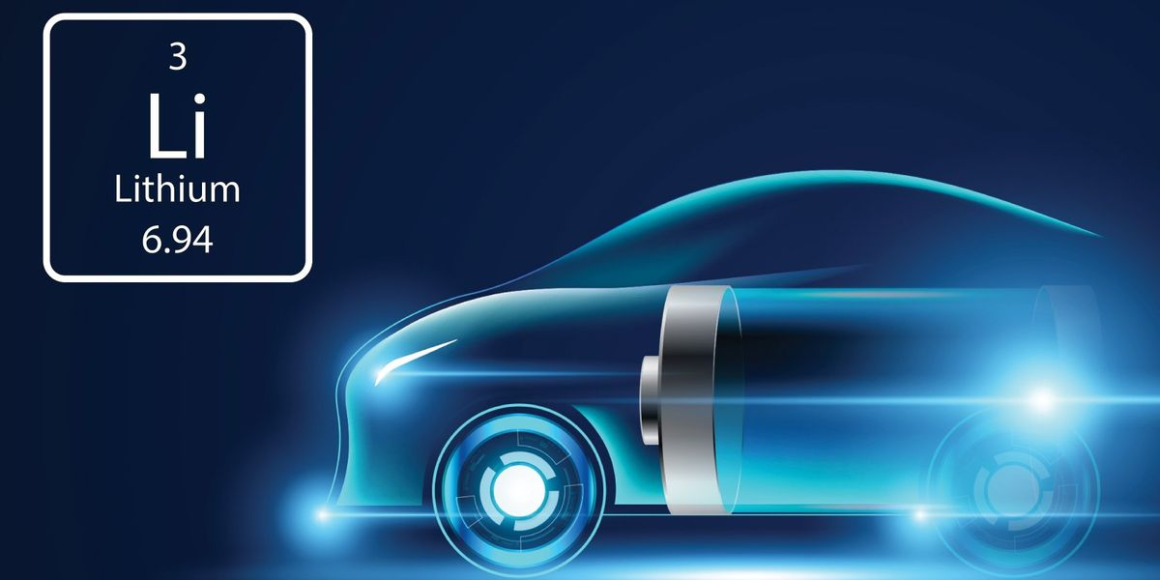These US-listed companies remain major entities in the lithium sector; however, the space has expanded significantly in recent years, and interested investors should cast a wider net to look at global companies — in particular those listed in Australia and China, as companies in both countries have become major players in the industry.
All in all, lithium investors have a lot to keep an eye on as the space continues to shift. Read on for an overview of the current top lithium-producing firms by market cap. Data was current as of June 25, 2024.
Market cap: US$11.43 billion; share price: US$40.23
SQM has five business areas, ranging from lithium to potassium to specialty plant nutrition. Its primary lithium operations are in Chile, where it is a longtime producer, and it is working to bring production online in Australia as well.
Market cap: US$10.9 billion; share price: US$92.77
Market cap: US$7.09 billion; share price: AU$55.92
Australia-based Mineral Resources (MinRes) is a commodities company mining lithium and iron ore in the country. As mentioned, both of MinRes’ lithium mines are joint ventures with other companies on this list.
The company’s also has the Wodgina mine in Western Australia, which is operated under the MARBL joint venture with Albemarle. Put on care and maintenance in 2019, Wodgina was restarted by the joint venture and entered production in May 2022. The Kemerton lithium hydroxide plant reached mechanical completion in late 2022.
As explained, the two companies restructured the MARBL joint venture in February 2023. Under the new terms, MinRes owns 50 percent of Wodgina, up from 40 percent. The restructure originally saw Albemarle up its interest in the Kemerton plants from 60 percent to 85 percent, but in July 2023 it was amended to 100 percent in exchange for a payment of around US$400 million. In addition, MinRes acquired a 50 percent stake in the Qinzhou and Meishan plants from Albemarle.
Market cap: US$6.61 billion; share price: 29.53 Chinese yuan
Tianqi Lithium, a subsidiary of Chengdu Tianqi Industry Group, is the world’s largest hard-rock lithium producer. The company has assets in Australia, Chile and China. It holds a significant stake in SQM — Tianqi paid US$209.6 million for a 2.1 percent stake in SQM in September 2016, which it then boosted to 23.77 percent for US$4.07 billion in 2018.
Market cap: US$6.47 billion; share price: 28.07 Chinese yuan
Market cap: US$6.23 billion; share price: AU$3.15
Pilbara Minerals operates its 100 percent owned Pilgangoora lithium-tantalum asset in Western Australia, which achieved commercial production in 2019. The operation consists of two processing plants: the Pilgan plant, located on the northern side of the Pilgangoora area, which produces a spodumene concentrate and a tantalite concentrate; and the Ngungaju plant, located to the south, which produces a spodumene concentrate.
Market cap: US$3.43 billion; share price: US$3.19
Its broad range of lithium chemicals products target the growing demand for portable electronics, electric vehicles and large-scale energy storage. Aside from that, Arcadium Lithium has operating resources in Argentina and Australia, as well as downstream conversion assets in the United States, China, Japan and the United Kingdom. Multiple development projects are underway in Argentina and Canada. In North Carolina, the company operates the only integrated high-purity lithium mine-to-metal production facility in the Western Hemisphere.
However, there will be reduced spodumene production at Mt. Cattlin in Australia due to lower lithium prices. Hard rock lithium operations typically have lower margins than brine.
Lithium is a soft, silver-white metal used in pharmaceuticals, ceramics, grease, lubricants and heat-resistant glass. It’s also used in lithium-ion batteries, which power everything from cell phones to laptops to electric vehicles.
Lithium is found in hard-rock deposits, evaporated brines and clay deposits. The largest hard-rock mine is Greenbushes in Australia, and most lithium brine output comes from salars in Chile and Argentina.
There are various types of lithium products, and many different applications for the mineral. After lithium is extracted from a deposit, it is often processed into lithium carbonate, lithium hydroxide or lithium metal. Battery-grade lithium carbonate and lithium hydroxide can be used to make cathode material for lithium-ion batteries.
The latest data from the US Geological Survey shows that the world’s top lithium-producing countries are Australia, Chile and China, with production reaching 86,000 metric tons, 44,000 metric tons and 33,000 metric tons, respectively.
Global lithium production reached 180,000 metric tons of lithium in 2023, up from 146,000 MT in 2022, according to the US Geological Survey. About 87 percent of the lithium produced currently goes toward battery production, but other industries also consume the metal. For example, 4 percent is used in ceramics and glass, while 2 percent goes to lubricating greases.
The different types of lithium deposits come with their own challenges.
For example, mining pegmatite lithium from hard-rock ore is known for being expensive, while extracting lithium from brines requires vast amounts of water and processing times that can sometimes be as long as 12 months. Lithium mining also comes with the difficulties associated with mining other minerals, such as long exploration and permitting periods.
Investors are starting to pay attention to the green energy transition and the raw materials that will enable it.
When it comes to choosing a stock to invest in, understanding lithium supply and demand dynamics is key, as there are unique factors to watch for in lithium stocks. The main demand driver for lithium is what happens in the electric vehicle industry, which is expected to keep growing, and also the energy storage space. Analysts remain optimistic about the future of lithium, with many predicting the market will be tight for some time.
This is an updated version of an article first published by the Investing News Network in 2016.
Securities Disclosure: Melissa Pistilli and Georgia Williams hold no direct investment interest in any company mentioned in this article.


Leave a Reply